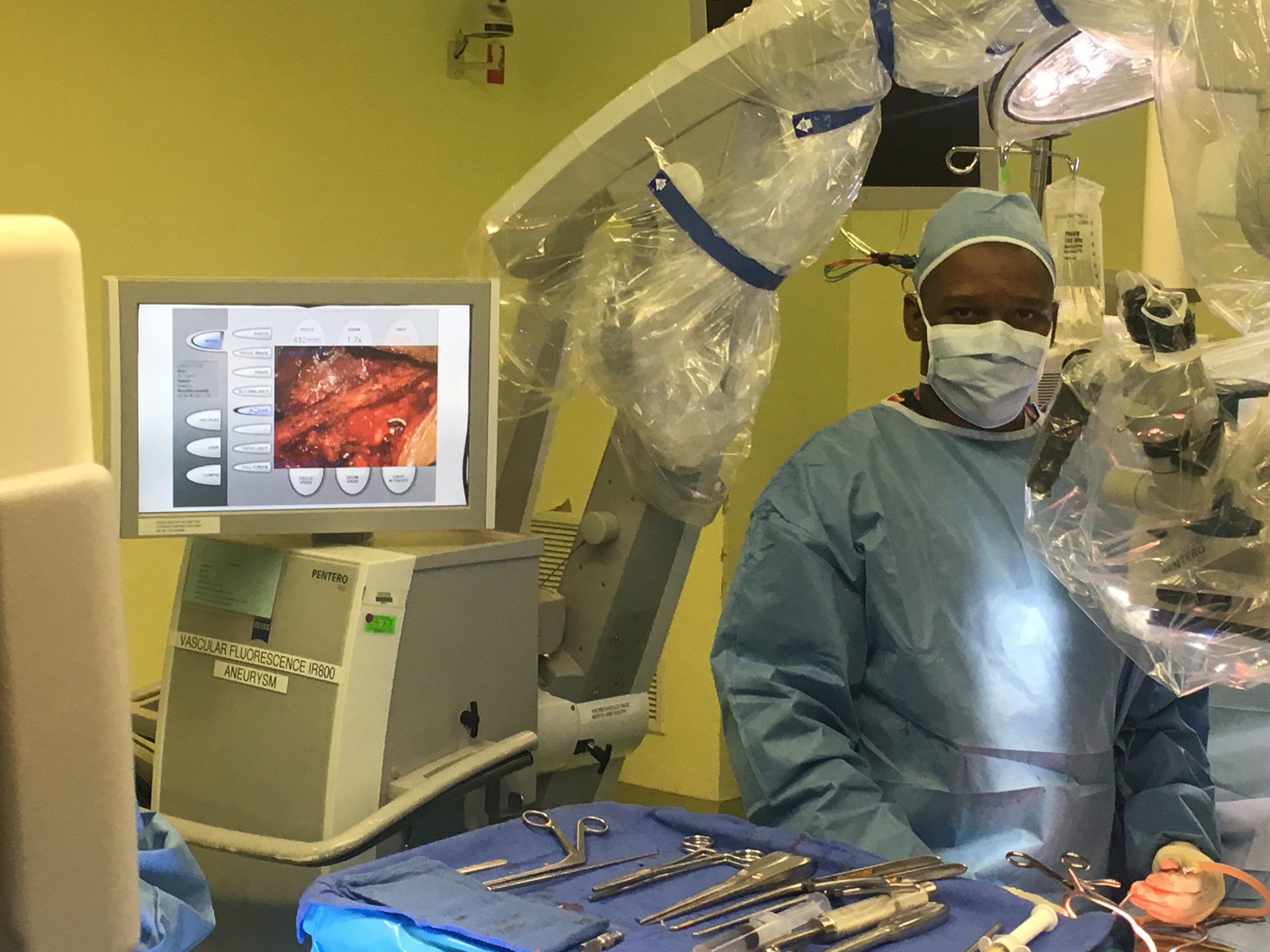
The introduction of advanced technologies and surgical techniques has significantly transformed the landscape of complex spine surgery. These developments have increased the success rates of these intricate procedures and greatly improved the recovery process and quality of life for patients with severe spinal issues.
Robotic Assistance in Spinal Surgery
Robotic technology in spine surgery represents a monumental leap forward in medical science. Robots provide surgeons with unmatched precision in spinal instrumentation, a key component in procedures such as spinal fusion. This precision is crucial in minimizing damage to surrounding tissues and ensuring optimal placement of hardware, which can significantly affect the surgery’s success and the patient’s recovery time.
Moreover, robotic systems offer enhanced visualization of the surgical area, which is particularly beneficial in complex cases involving intricate structures of the spine. The ability to plan and execute surgery with such exactitude reduces the risk of complications and the likelihood of needing subsequent corrective surgeries, both of which are critical considerations for patient care and healthcare economics.
Minimally Invasive Techniques
Minimally invasive spine surgery (MISS) has revolutionized the treatment of spinal disorders by significantly reducing the physical trauma traditionally associated with spine surgery. By utilizing smaller incisions, MISS limits the disruption of muscle and connective tissue, leading to less postoperative pain, reduced risk of infection, and faster recovery times. This approach is particularly beneficial for elderly patients and those with complex medical histories, as it minimizes stress on the body and allows for a quicker return to normal activities.
Adopting MISS techniques has also led to better cosmetic outcomes, an important consideration for many patients. Smaller incisions mean less noticeable scarring, which can positively impact patient satisfaction and postoperative mental health—a crucial aspect of recovery.
Advanced Spinal Fusion Materials
The materials used in spinal fusion play a pivotal role in the procedure’s success. Modern advancements have introduced new biomaterials that better mimic the mechanical properties of natural bone, enhancing the spinal fusion process. These materials are designed to integrate seamlessly with the body, promoting natural bone growth and speeding up healing.
Additionally, the development of bioactive materials that can stimulate bone growth at the cellular level has opened new doors for patients who previously might not have been viable candidates for spinal fusion due to poor bone density or other complicating factors. These materials reduce the surgery’s overall risk and enhance the spinal column’s long-term stability.
Neuromodulation Techniques
Neuromodulation has become a cornerstone treatment for managing chronic pain associated with complex spine conditions. This technique involves using electrical stimulation to modulate pain signals at the spinal level, providing relief for patients who have exhausted other surgical and pharmaceutical options. Spinal cord stimulators, for instance, have been shown to significantly reduce pain in chronic conditions such as failed back surgery syndrome.
The latest innovations in neuromodulation include devices that can be adjusted remotely. These allow for personalized pain management protocols that adapt to changes in the patient’s condition or lifestyle. This adaptability is key in managing chronic conditions, giving patients autonomy and control over their previously unattainable treatment.
Regenerative Medicine and Stem Cell Therapy
Integrating regenerative medicine into complex spine surgery is one of the most exciting developments in the field. Stem cell therapy, in particular, offers the potential to regenerate damaged spinal tissues, providing a treatment option that could reverse the effects of degenerative diseases instead of merely managing symptoms. Early clinical trials have shown promising results, with stem cells promoting healing and tissue regeneration in spinal injuries.
This approach not only holds the potential to improve outcomes in traditional surgeries but also paves the way for entirely new treatment paradigms in spinal care. As research advances, regenerative medicine could drastically reduce the need for invasive surgeries and provide more sustainable, long-term solutions for spinal health.
The field of complex spine surgery is experiencing a renaissance, with new technologies and methods continuously emerging that enhance the surgeon’s ability to treat severe spinal conditions effectively. From robotic-assisted surgeries to regenerative medicine, these advancements are setting new standards for care, improving patient outcomes, and reshaping expectations for what is possible in spinal treatment. As these technologies evolve and become more integrated into everyday medical practice, they promise to revolutionize the field further and offer new hope to those suffering from debilitating spinal conditions.